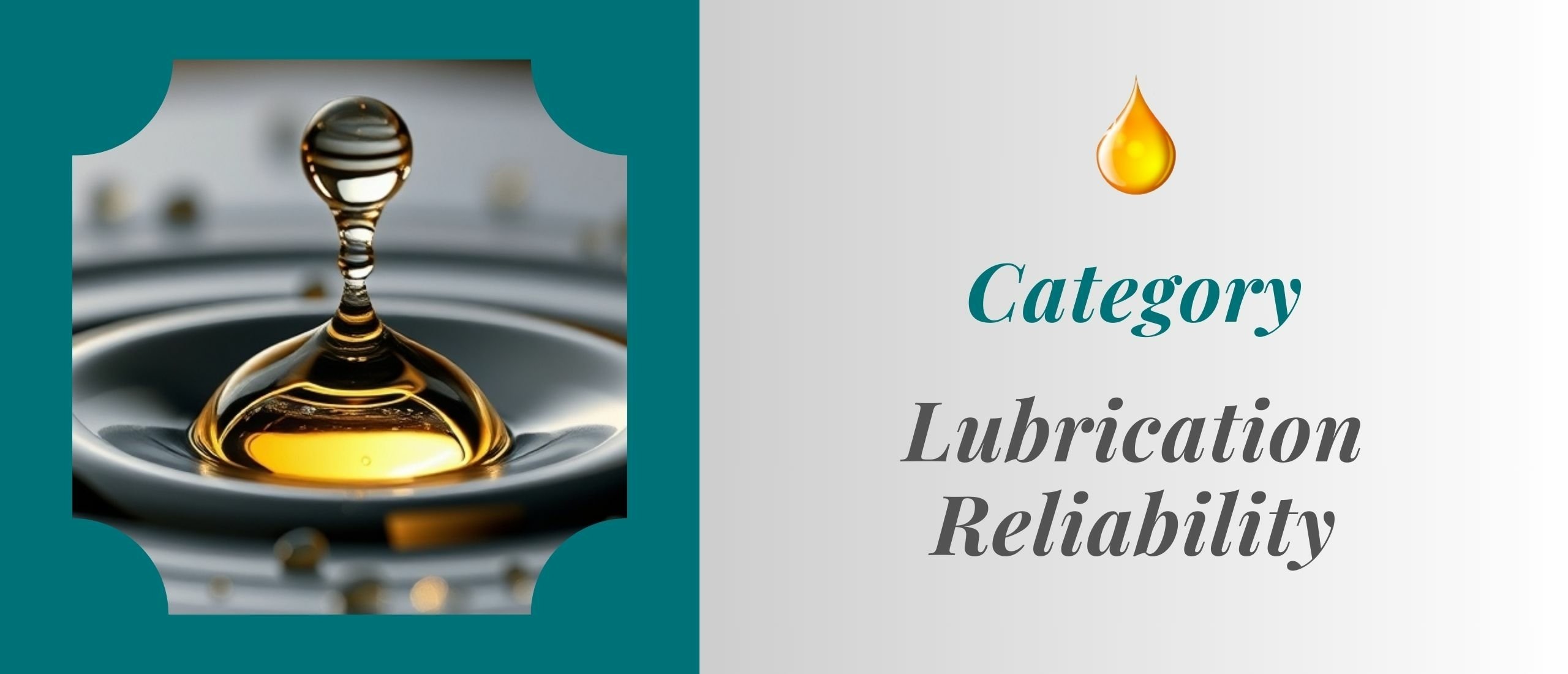- 1. Installation of visual oil level indicators on all critical machines
- 2. Daily walk-around checks with structured inspection routes
- 3. Visual oil analysis to detect contamination, oxidation, or water ingress
- 4. Use of sampling points for deeper diagnostic testing
- 5. Integration with TPM practices to ensure accountability

Step 3 - Building a Strong Lubrication Inspection Culture
A deeper insight into each point of what defines a strong inspection culture in lubrication reliability:
1. Installation of visual oil level indicators on all critical machines
Why it matters:
Machines operating without a clear view of lubricant levels are at constant risk of under- or over-lubrication, both of which can lead to wear, overheating, or complete failure. Visual level indicators provide a quick and accessible way for technicians to confirm oil presence, volume, and even basic condition (e.g. colour or cloudiness).
Best practice:
- Install clear sight glasses or column-style level gauges
- Use indicators with temperature or colour coding where possible
- Retrofit machines without indicators, especially gearboxes, reservoirs, and sealed systems
2. Daily walk-around checks with structured inspection routes
Why it matters:
Unstructured inspections often lead to missed equipment, inconsistent findings, and poor accountability. A structured daily route ensures that every critical point is checked consistently, enabling early detection of leaks, abnormal noises, or lubrication issues.
Best practice:
- Develop standard inspection routes mapped across the facility
- Include a checklist of lubrication points, reservoirs, and visible indicators
- Involve operators in routine inspections to build ownership and awareness
- Log findings digitally (CMMS) or via printed checklists for traceability
3. Visual oil analysis to detect contamination, oxidation, or water ingress
Why it matters:
Visual inspection of oil, such as checking for colour changes, cloudiness, or separated water, can reveal early signs of degradation or contamination. While not a replacement for lab analysis, it’s a first line of defence in any inspection programme.
Best practice:
- Use sight glasses, bottom sediment bowls, or transparent sample jars
- Train staff to recognise signs of emulsification, darkening, or varnish
- Record observations and escalate if unusual appearances persist
- Combine with odour checks, burnt smells may indicate overheating or oxidation
4. Use of sampling points for deeper diagnostic testing
Why it matters:
Sampling points enable you to extract oil cleanly and safely without introducing contaminants. Strategic sampling allows for in-depth oil analysis, helping detect wear metals, water ingress, additive depletion, or internal contamination.
Best practice:
- Install dedicated sampling ports away from turbulence or dead zones
- Use vacuum pumps or valves to avoid opening reservoirs
- Always take samples while equipment is in operation (or just shut down)
- Label each sample point and integrate into inspection routes
- Compare sample results over time to establish trend data
5. Integration with TPM practices to ensure accountability
Why it matters:
Total Productive Maintenance (TPM) shifts routine care, including lubrication inspection, into the hands of operators and cross-functional teams. When lubrication inspections are tied to TPM pillars, it builds a shared responsibility and drives long-term reliability.
Best practice:
- Train operators to perform basic checks and recognise red flags
- Include lubrication inspections in autonomous maintenance (AM) schedules
- Use visual management tools like tags, boards, and dashboards
- Document inspection KPIs and tie them into team performance reviews
A strong inspection culture doesn’t rely on occasional checks or heroics, it’s built on consistency, visibility, and structure. By embedding these practices into your daily operations, you create a lubrication environment where problems are caught early, data informs decisions, and machines run longer, cleaner, and more efficiently.
